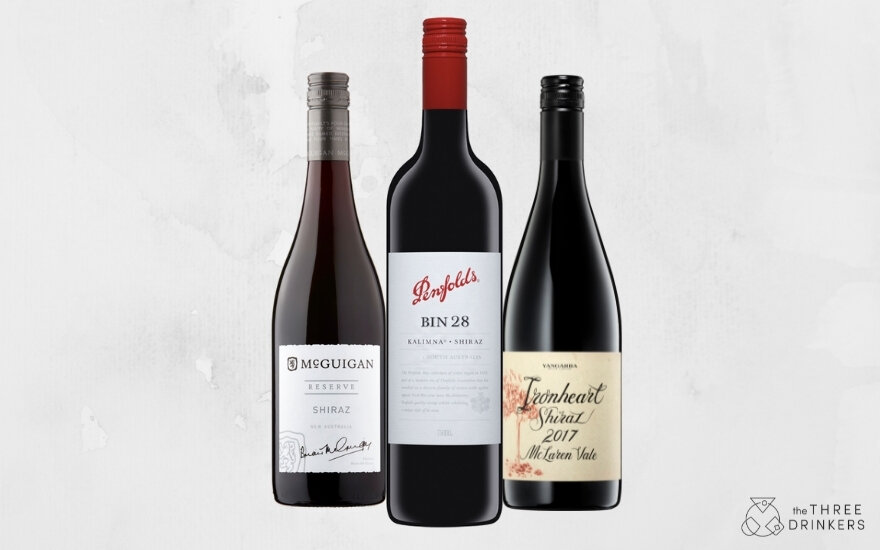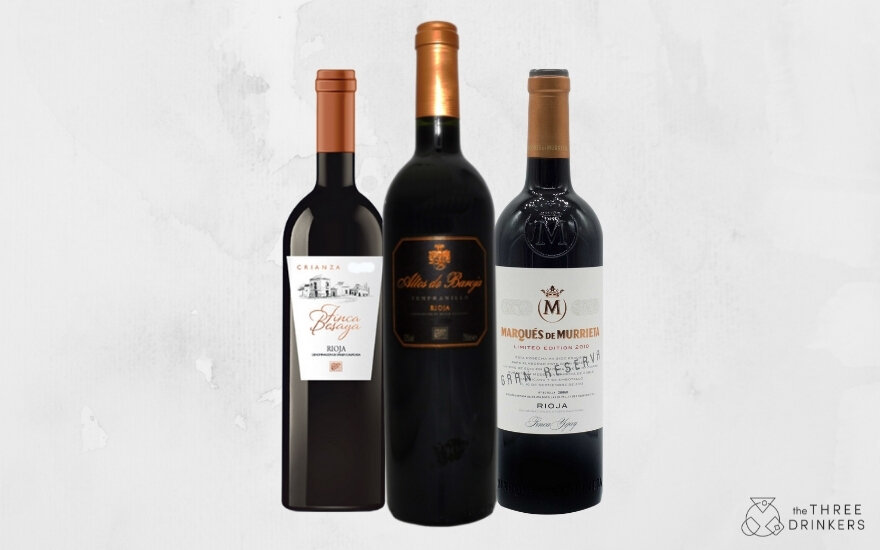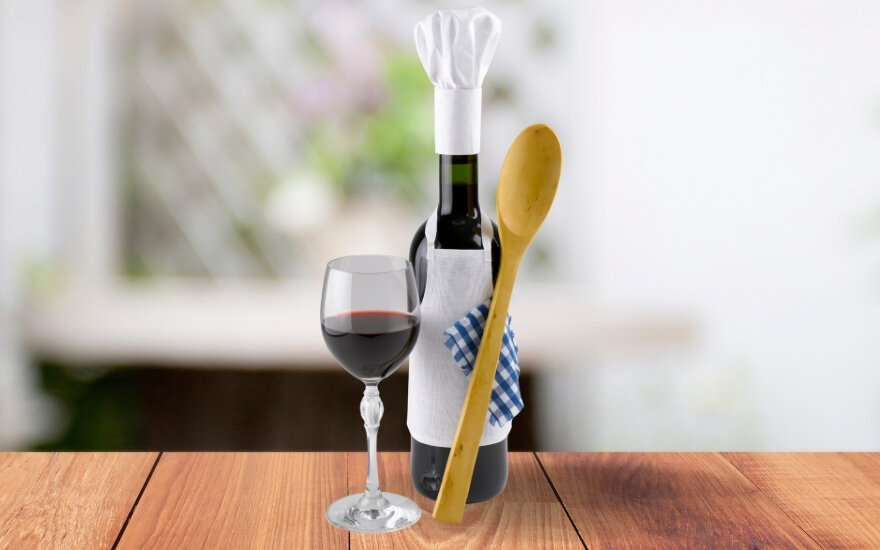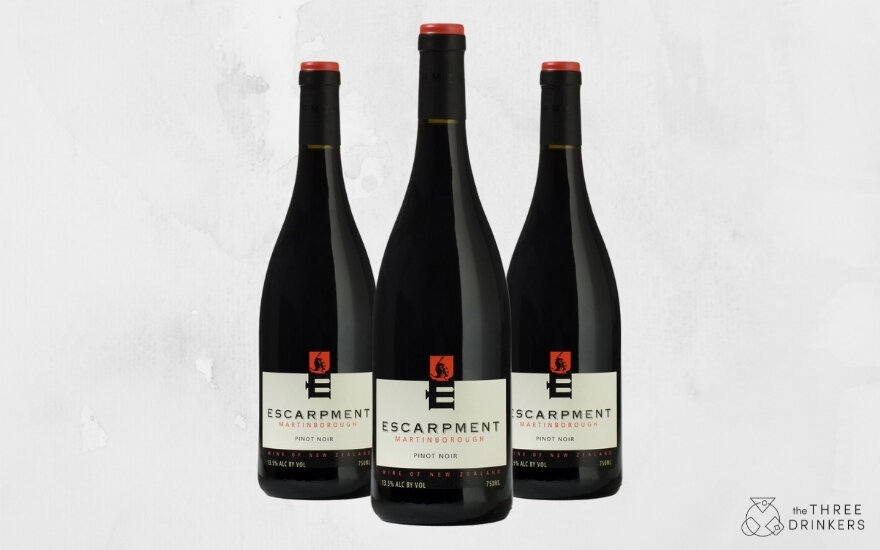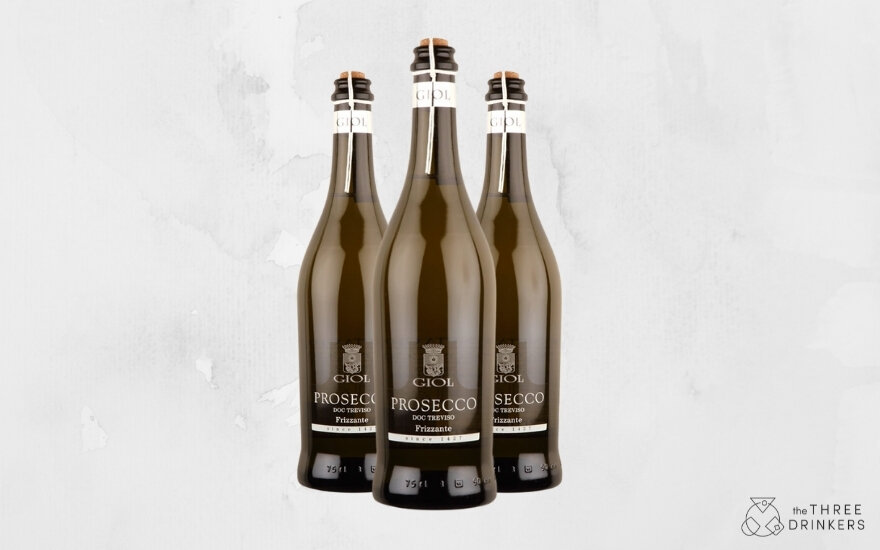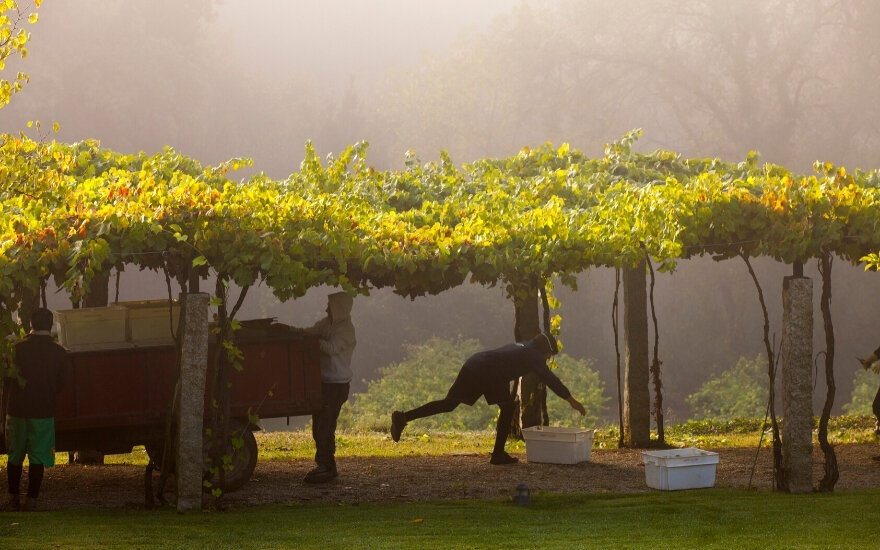By Helena Nicklin
There’s no drink that conjures up the spirit of cosy dark nights by the fire quite like whisky. Even for the many who don’t drink it, the aroma of whisky and wood smoke evokes warm memories of Christmases past with relatives, glass in hand, playing charades and stuffing their faces with Quality Street chocolates. I was one of those ‘many’ who remembered it rather than drank it until a few years ago, when my head was turned by the headlines in drinks papers about the continual rise in popularity of whisky, not just from Scotland but all around the world.
It was with zero hesitation then that when asked to co-present a TV travelogue through Scotland tasting whisky, I said yes. I was converted immediately upon arrival, of course. It’s hard not to be when tasting a product in the region where it’s made, especially while surrounded so deliciously by ancient castles, lochs, legends and wonderfully hairy cows. So without further ado, I want to share with you a glorious discovery that has rocked my world of booze: whisky with a wine ‘finish’.
What is a whisky ‘finish’?
Single malt, blended whisky, Scotch, Bourbon, Rye, Irish… there are many styles of whisky from many regions, but it’s the way distillers choose to ‘finish’ the spirits that can give them such a unique personality. What is a finish? It’s when the spirit is matured in a cask from one particular origin before spending time in a different cask from another origin. Most often, the first cask is American oak that has previously held Bourbon. The second cask is used to add extra nuances of flavour and complexity and it is here that distillers can have some fun. You may also see on the label ‘wood-finished’ or ‘double matured’, but it’s the same thing.
Fine wine whisky finishes
On my trip to Scotland, I met a man who whisky buffs describe as the ‘rock star of distillers’. He is Dr. Bill Lumsden, Director of Distilling, Whisky Creation and Whisky Stocks at Glenmorangie in Tain. Fearless in his experiments (he has a scientific background) and with a wonderfully potty mouth, Lumsden is man who oozes passion and Scottish charm. He also has a penchant for seriously fine wine, which is why Glenmorangie have had some incredible, limited edition whiskies finished in barrels that have held extraordinary wines.
“Wine continues to inspire me, but it’s a tricky animal to use with Scotch whisky,” he says. “I’ve tasted as many terrible whiskies made with wine barrels as I have good ones. It’s been fascinating to watch though how actually, with a wine finish, whisky can change in the bottle over time.”
Naturally, it would have been rude not to taste as many as I could get my hands on and my goodness, I loved them, for their perfume as much as anything else. Glenmorangie is famous for its fruity, spicy whiskies that have elegant aromatics, thanks to their particularly tall copper stills (the tallest in Scotland). Add a wine finish to the mix and you get some seriously special drams. It is not just Glenmorangie who use wine finishes, however. The Macallan is famous for its Christmas-cakey, sherry finishes and several other big names have been doing their own experimenting with sweet wines, fortified wines and dry, still wines.
There are so many to choose from, so here are just a few wine-finished Scotch whiskies that are well worth seeking out:
Sherry cask finish: Glenmorangie Lasanta 12 Year Old
Highland whisky finished for 12 months in 228-litre Red Burgundy wine casks from Chateau de Chassagne Montrachet, this whisky has a gentle fruit flavour and a beautiful, creamy mouthfeel. Delicious.
Size: UK 700ml // US 750ml
ABV: 43%
Find here: UK £39.99 // US $59.99
Sweet ice wine finish: Glenfiddich Winter Storm Batch 2
Incredibly rare Scotch whisky (aged 21 years and older) finished in French oak casks that previously held Canadian icewine. This whisky has plenty of tropical notes and a hint of candied fruit and Turkish delight that develop into flavours of lychee.
Size: UK 700ml // US 750ml
ABV: 43%
Find here: UK £249.99 // US $499.99
Sauternes Finish: Glenmorangie Nectar D’Or
Nectar D’Or has the succulent, honeysuckle and orange peel notes that you’d expect from Sauternes. It’s golden and glorious; one for wine lovers for sure and a little easier to get hold of.
Size: UK 700ml // US 750ml
ABV: 46%
Find here: UK £51.25 // $101.99
Port finish: The Balvenie 21 Year old Port Wood
A development of the recipe of the highly popular 12 year old, this intensely flavoured whisky is initially matured in bourbon casks before being transferred into ruby port casks from carefully selected Portuguese quintas (wine estates). It’s an intriguing mix of sweet and dry with delicious fruit and chocolate notes.
Size: UK 700ml // US 750ml
ABV: 46%
Find here: UK £45.70 // $82.99
Enjoyed this? Then have a read of The Best Value Fruity Scotch Whisk and don’t forget to check out The Three Drinkers do Scotch Whisky now LIVE on Amazon Prime!














